Vincent Callebaut is a Belgian architect who is known for his innovative and sustainable designs. One of his most impressive projects is the Oceaniums, a biometric generation of floating and sustainable stadiums.
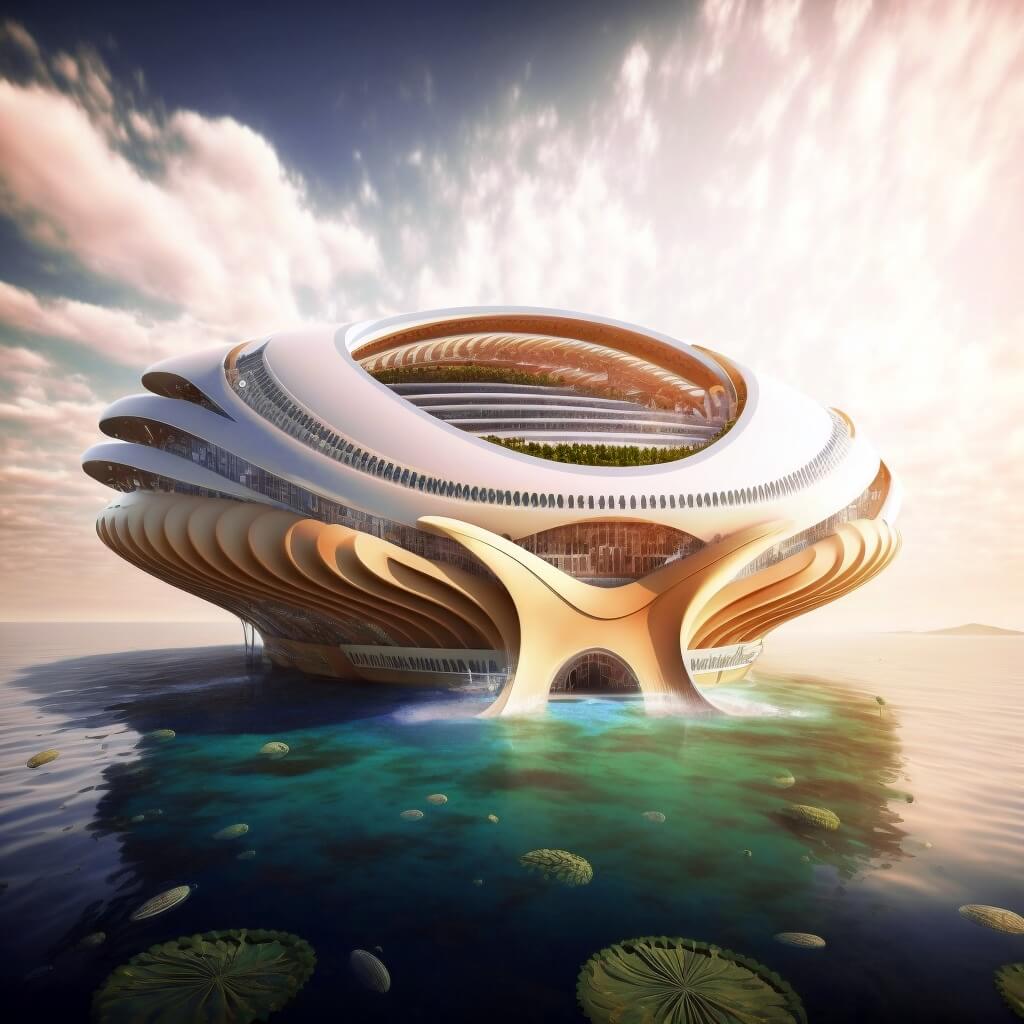
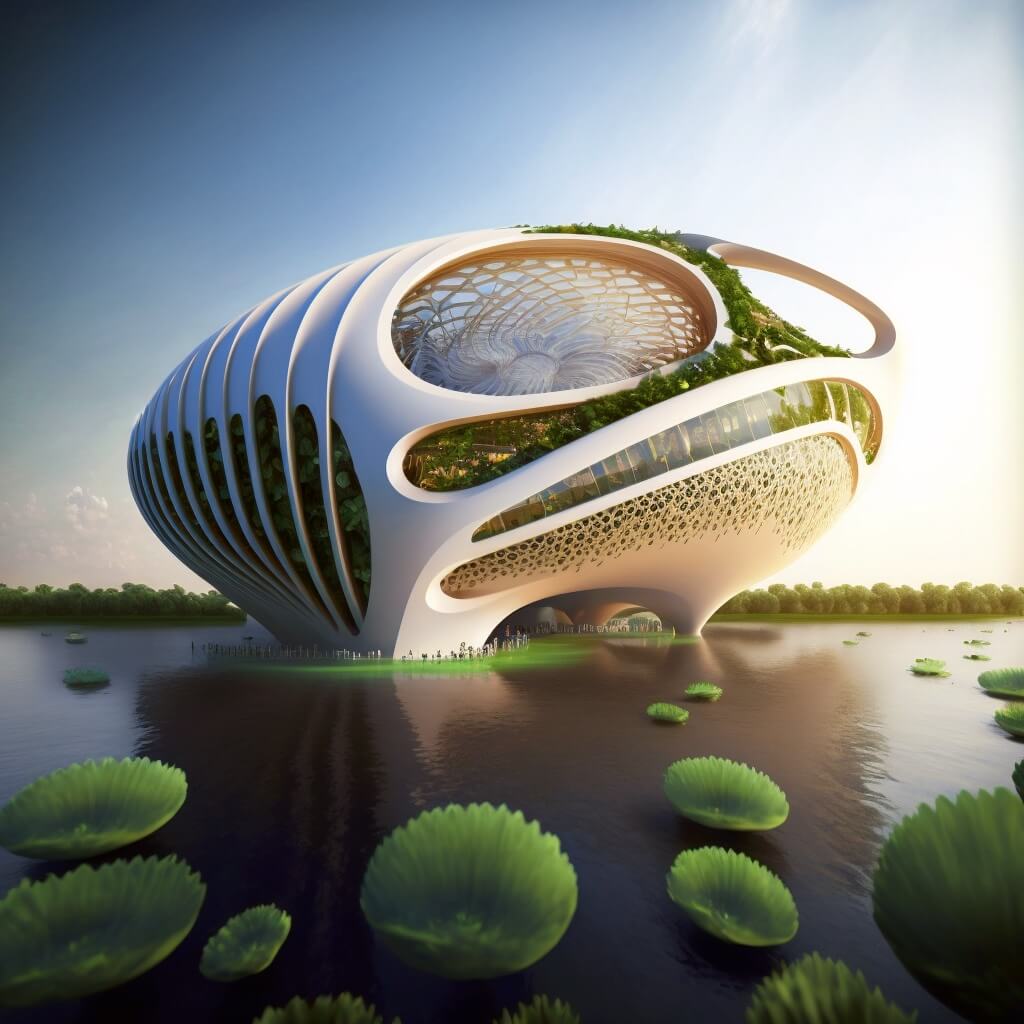
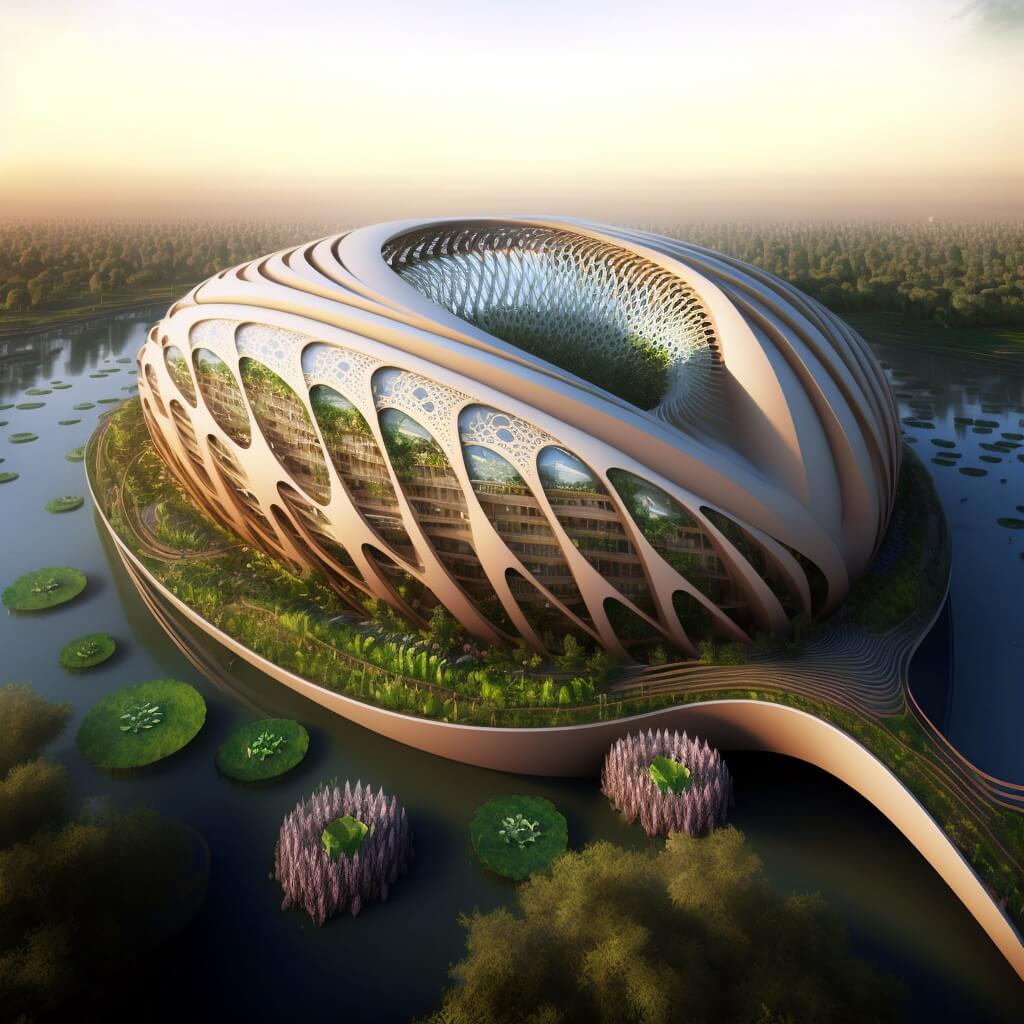
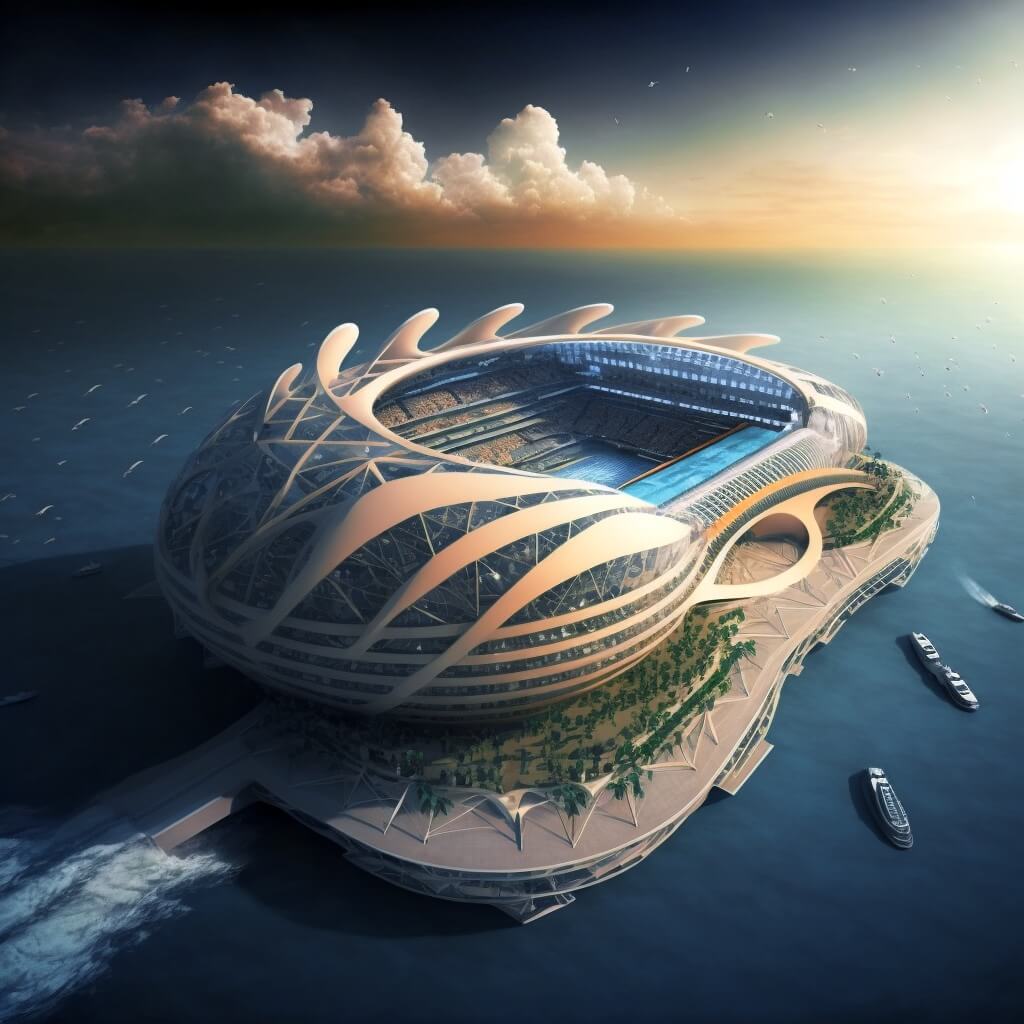
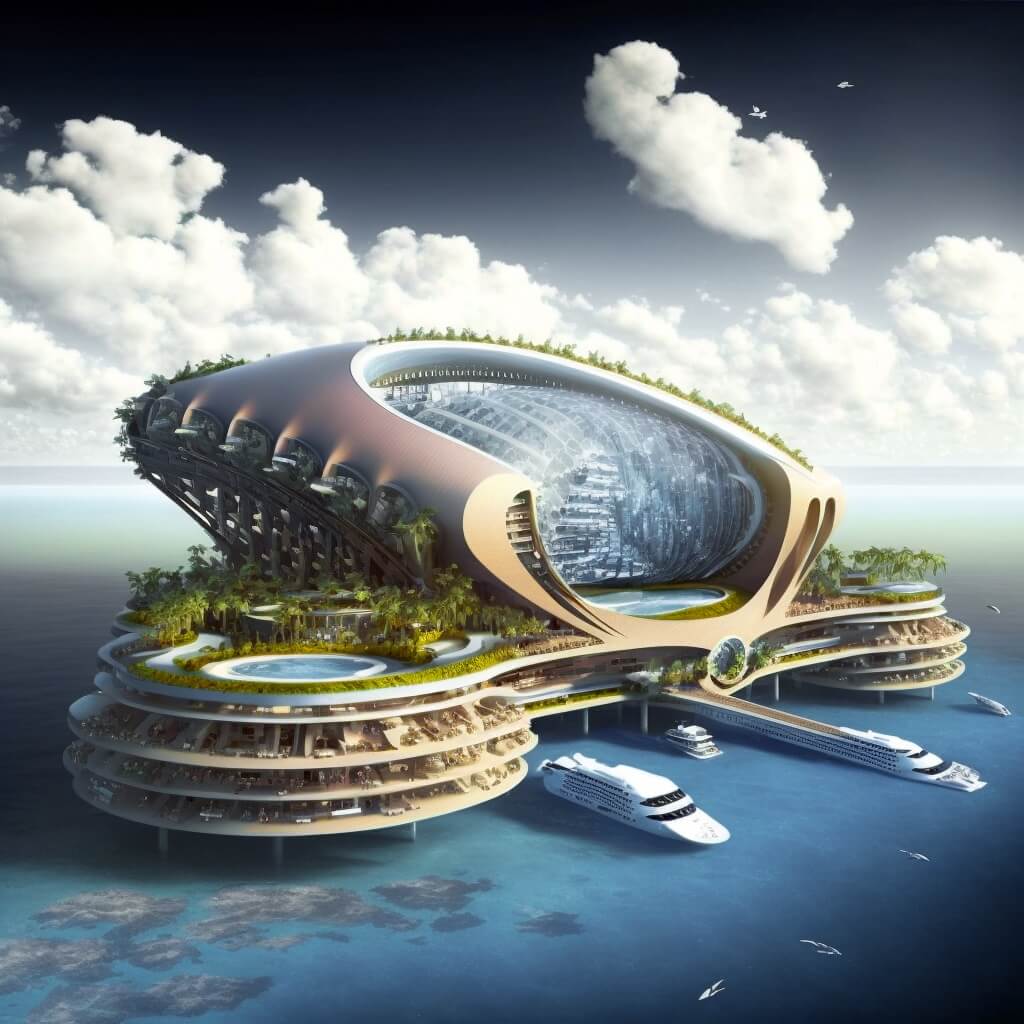
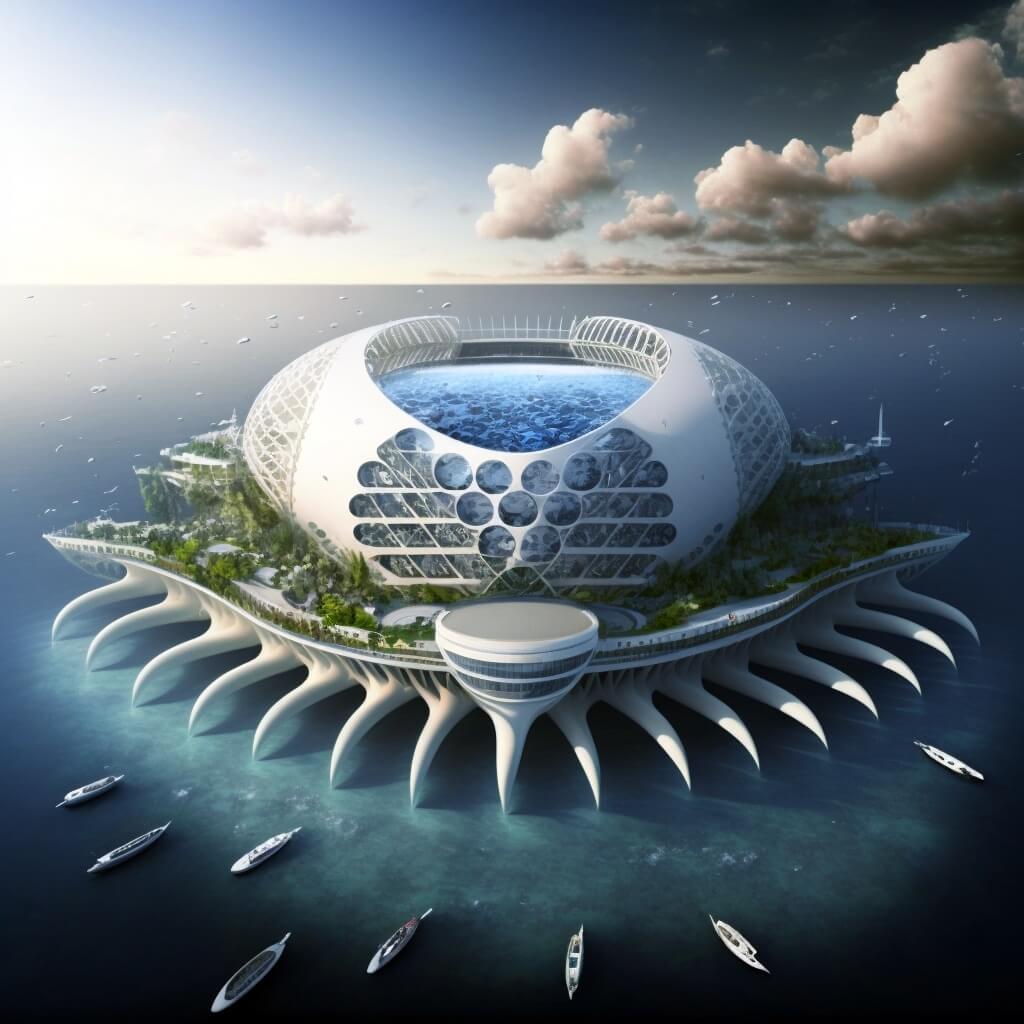
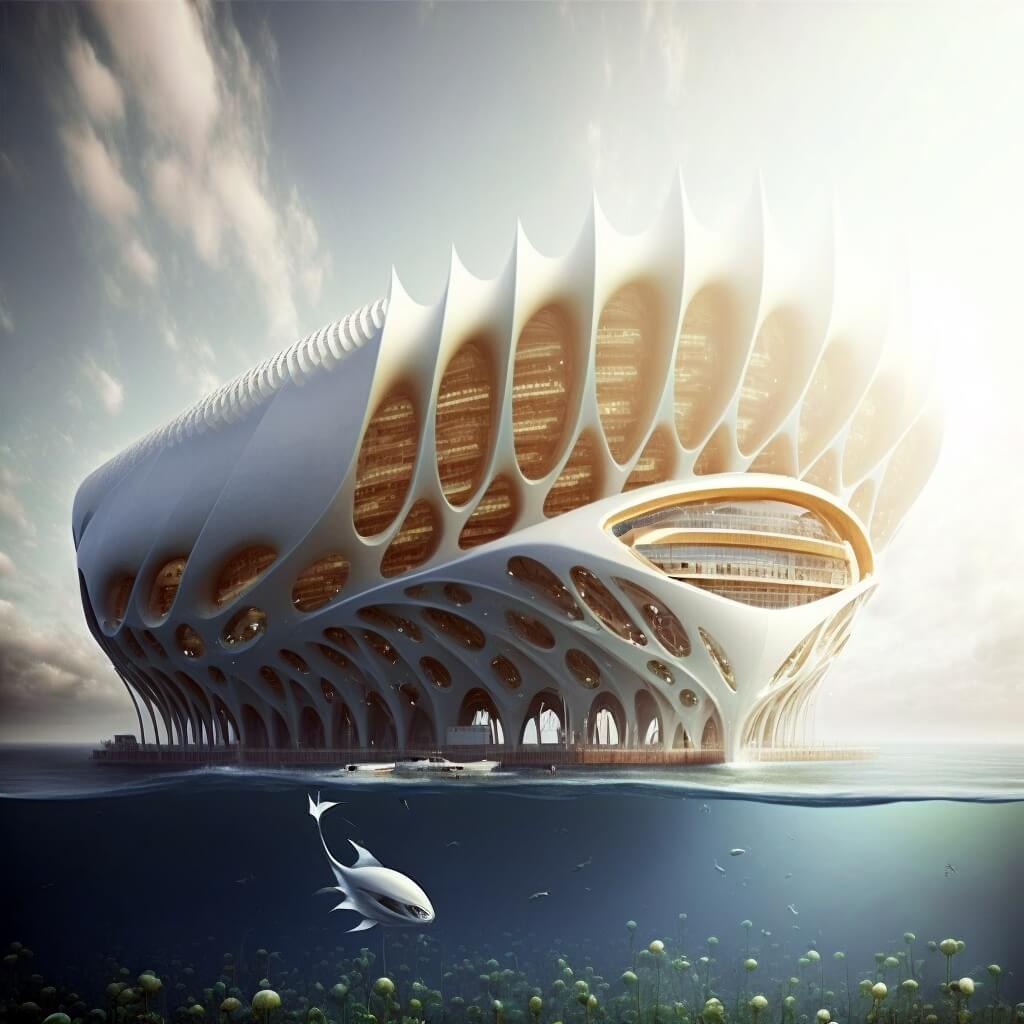
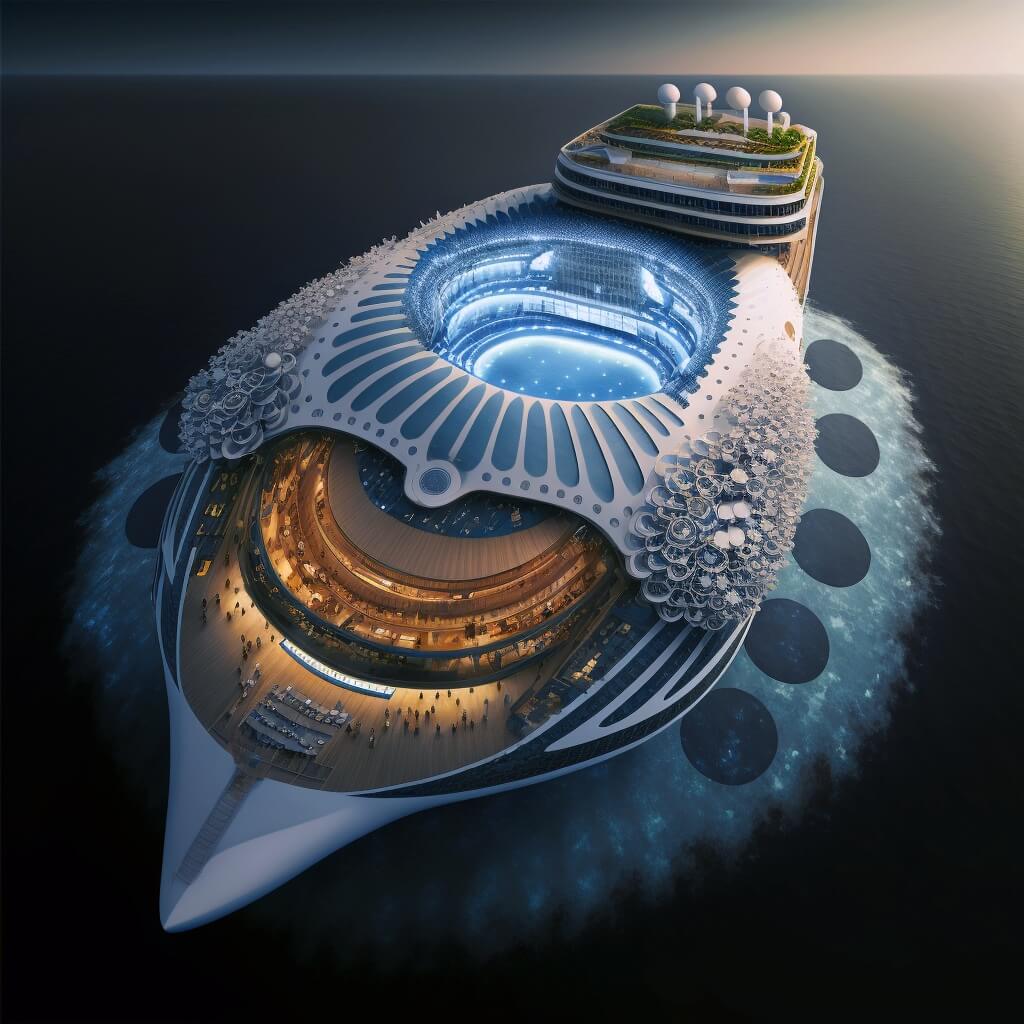
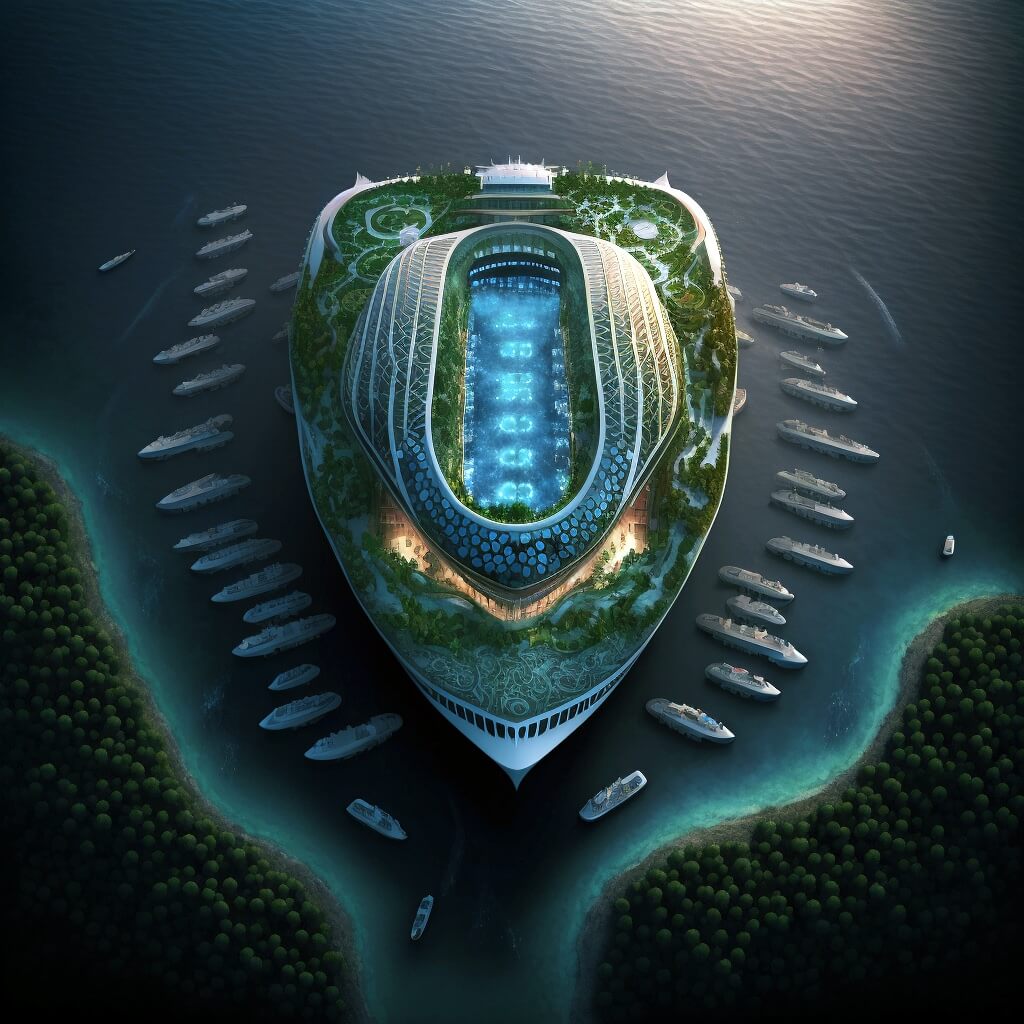
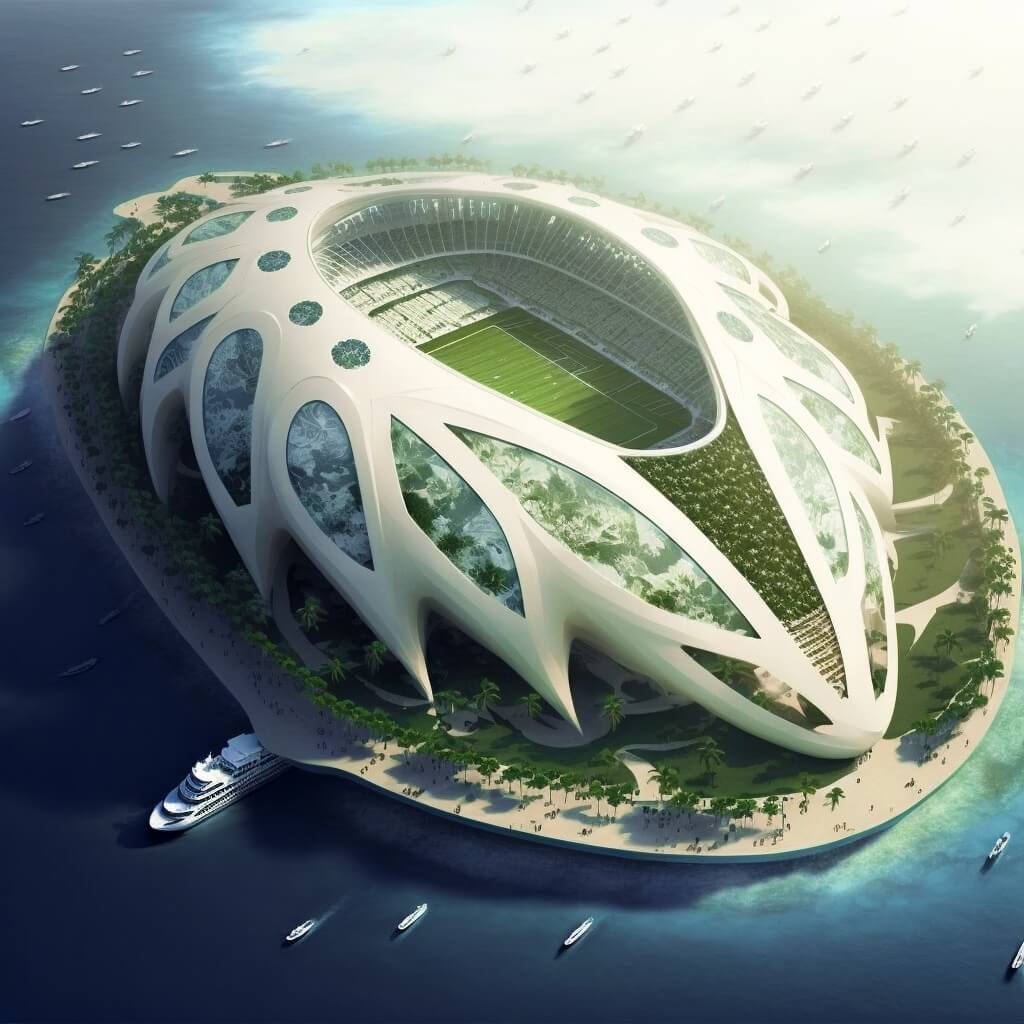
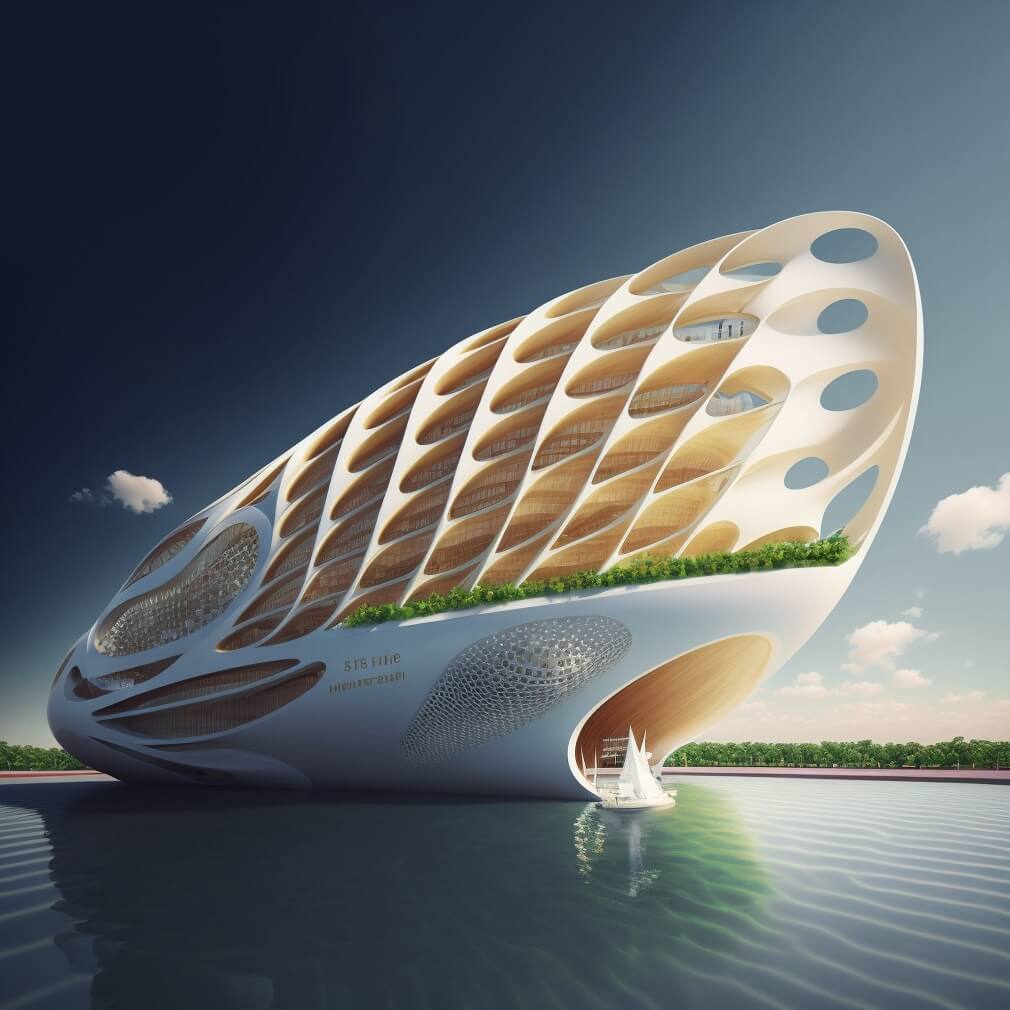
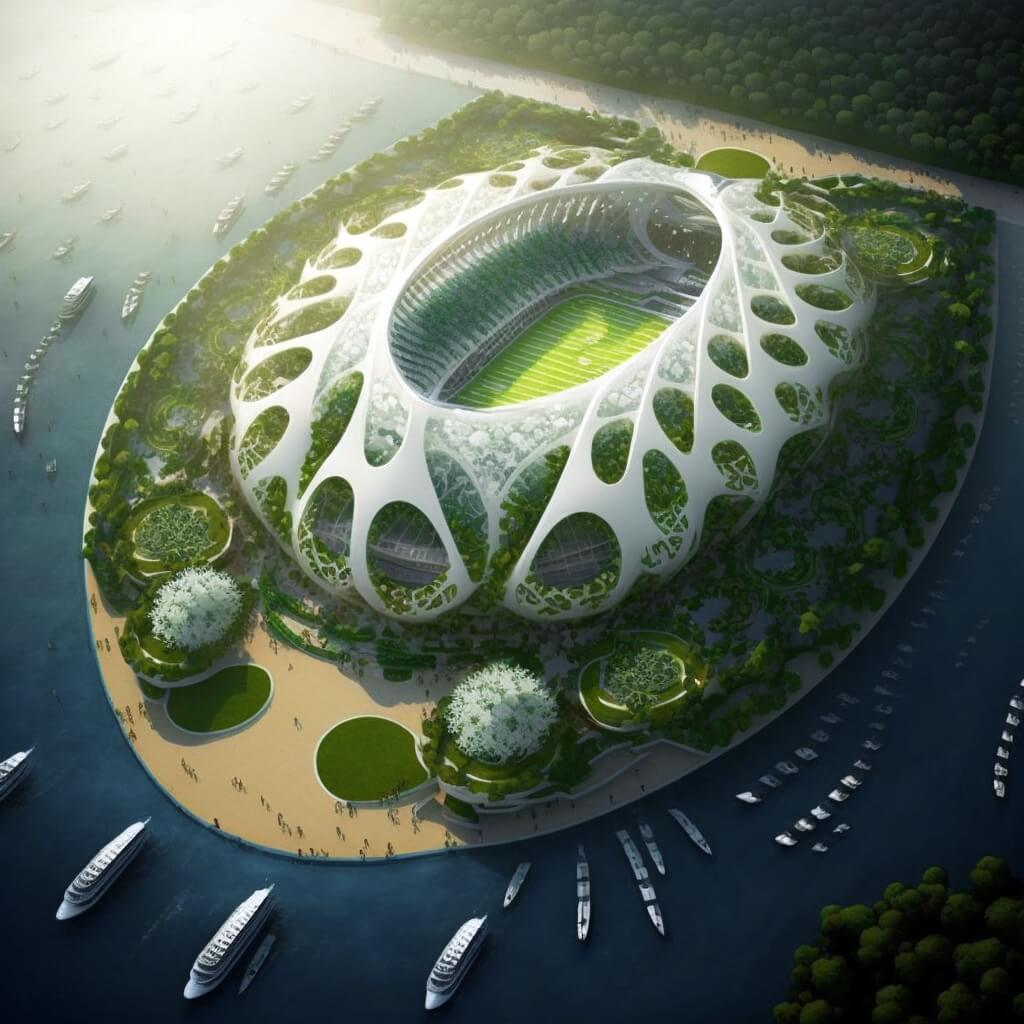
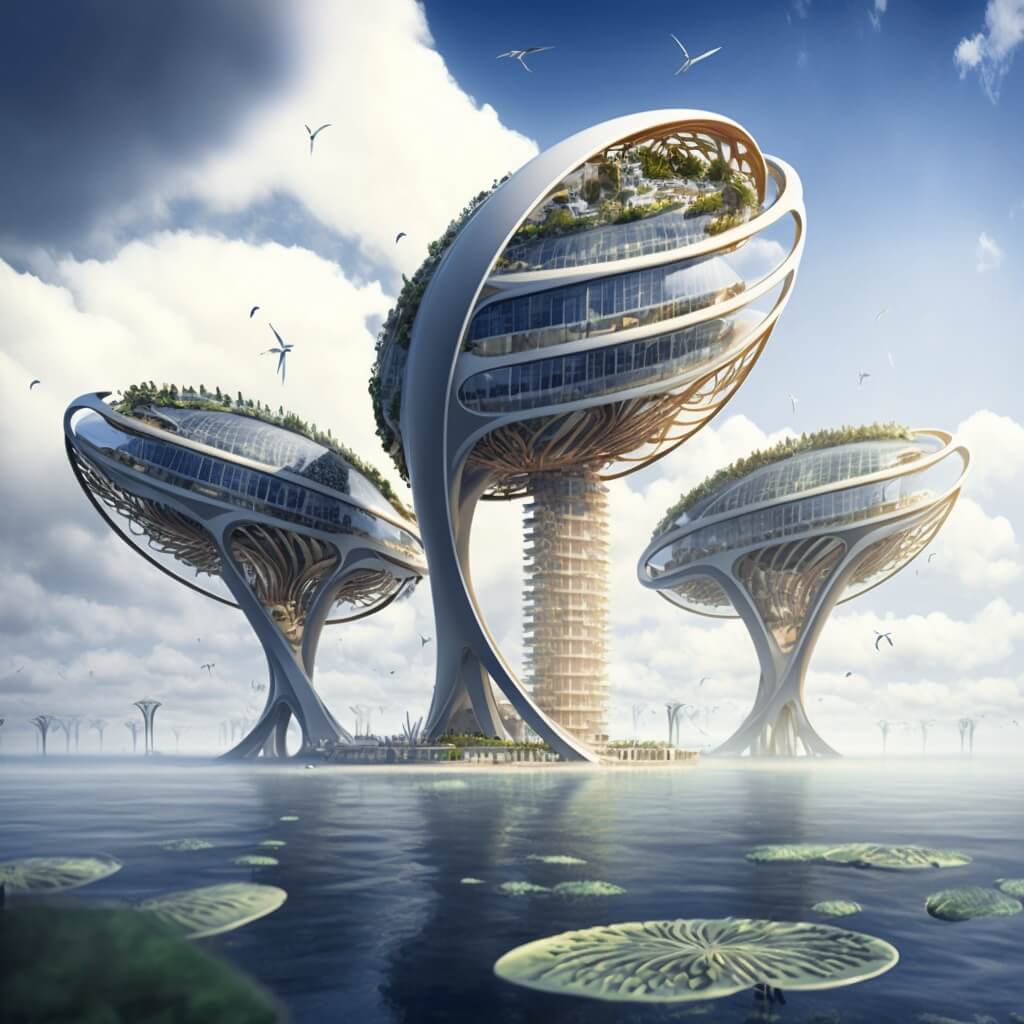
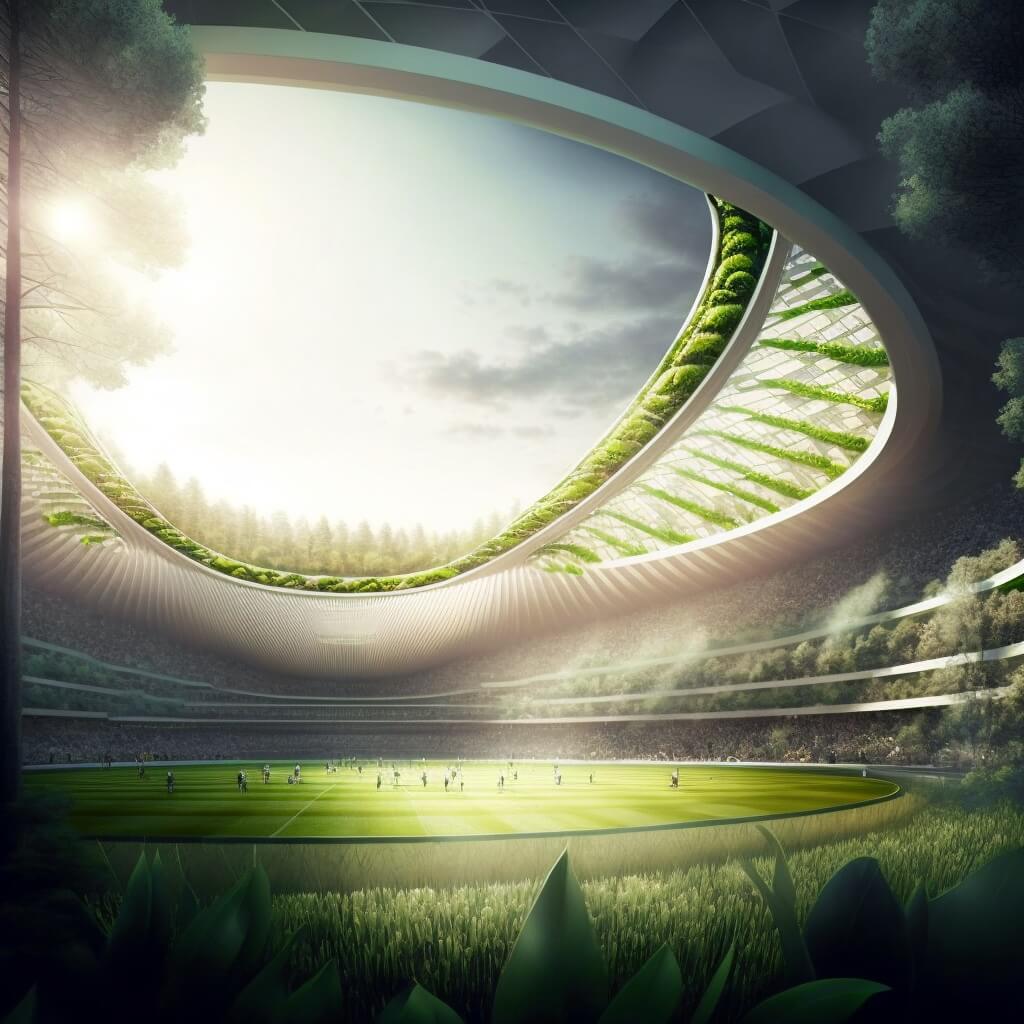
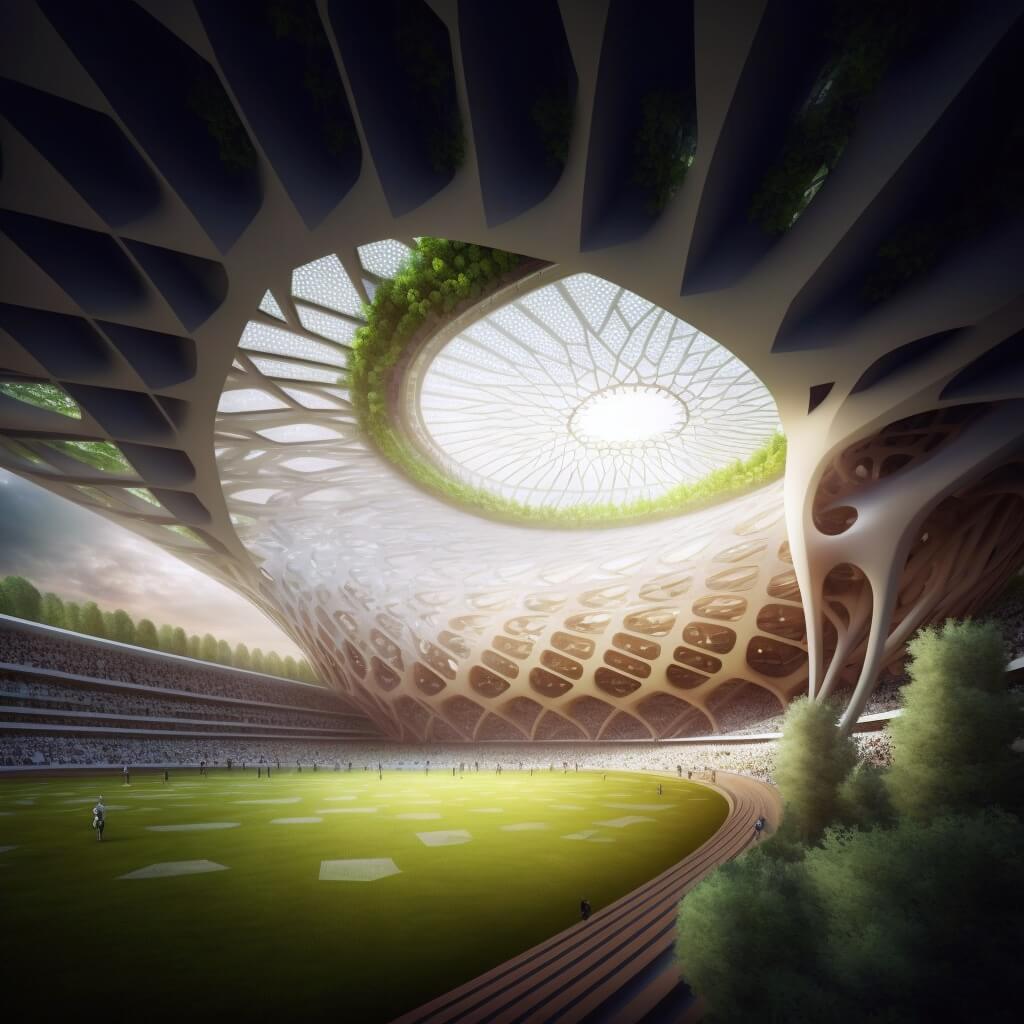
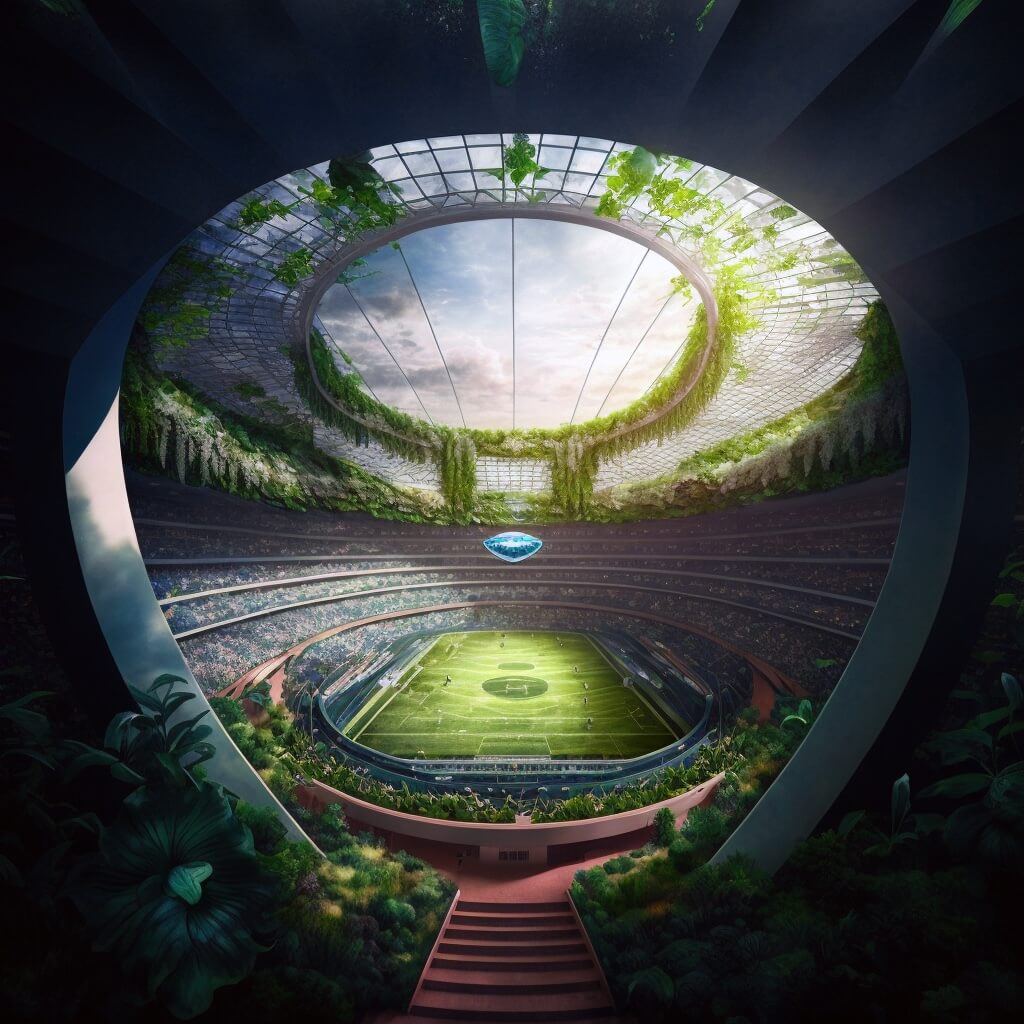
Exploring the Different Types of Vincent Callebaut’s Oceanium Projects
Vincent Callebaut is a Belgian architect and urban planner known for his innovative and sustainable designs. One of his most notable projects is the series of Oceaniums, which are designed to be floating cities that can house thousands of people while also addressing issues such as climate change, overpopulation, and ocean pollution. Here are some of the different types of Oceaniums that Callebaut has designed:
- Aequorea: The Aequorea Oceanium is a concept for a self-sufficient floating city that is shaped like a jellyfish. It is designed to harness renewable energy sources such as solar, wind, and wave power, and it also includes a system for collecting and purifying rainwater.
- Lilypad: The Lilypad Oceanium is a series of floating cities that are designed to address the issue of rising sea levels caused by climate change. These cities are shaped like lily pads and are equipped with a range of sustainable features such as solar panels, wind turbines, and water recycling systems.
- Physalia: The Physalia Oceanium is a concept for a floating research center that is designed to study the impact of climate change on the oceans. It is shaped like a giant jellyfish and includes a range of research facilities and laboratories.
- Asian Cairns: The Asian Cairns Oceanium is a series of floating cities that are designed to address issues such as overpopulation and urbanization in Asia. These cities are designed to be self-sufficient and include a range of sustainable features such as solar panels, rainwater harvesting, and vertical gardens.
Vincent Callebaut’s Oceaniums are innovative and sustainable concepts that offer solutions to some of the most pressing issues facing our planet today.
The Impact of Vincent Callebaut’s Oceanium Projects on Eco-tourism & Marine Research
Vincent Callebaut’s Oceanium Projects have the potential to have a significant impact on both eco-tourism and marine research. Here are some of the ways in which these projects could influence these fields:
- Eco-tourism: The Oceaniums are designed to be self-sufficient floating cities that can house thousands of people while also providing a range of sustainable features such as solar panels, wind turbines, and water recycling systems. This makes them an ideal destination for eco-tourists who are interested in sustainable living and reducing their carbon footprint. The Oceaniums could serve as a unique and exciting travel destination for people who are interested in experiencing sustainable living while also enjoying the beauty of the ocean and marine life.
- Marine Research: The Oceaniums are also designed to be research centers that can study the impact of climate change on the oceans. They can provide a platform for marine biologists and researchers to conduct studies and experiments on marine life and the ocean ecosystem. The Oceaniums can also be equipped with advanced technology such as underwater drones and sensors that can collect data on water quality, temperature, and marine life. The data collected from these platforms can help researchers better understand the impact of climate change on the ocean and develop strategies to protect marine life.

